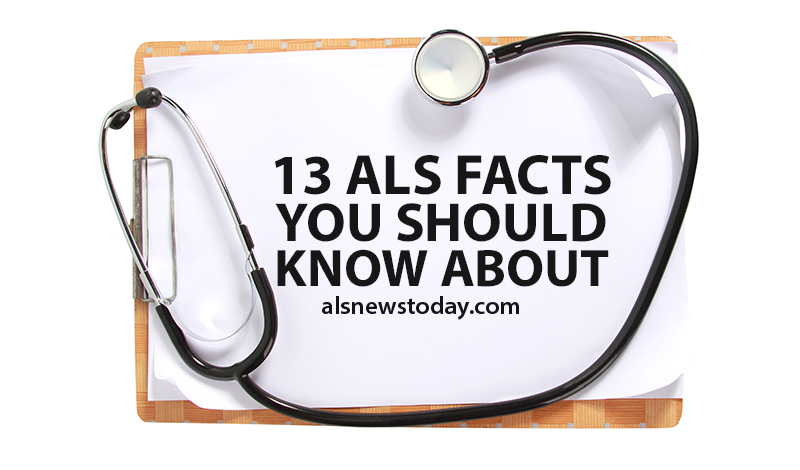Study Finds Higher Pesticide Levels in Blood of Some ALS Patients, But No Definitive Link

New research reports that environmental pollutants appear to influence the risk of developing amyotrophic lateral sclerosis (ALS).
The study, “Association of Environmental Toxins With Amyotrophic Lateral Sclerosis,” was published in JAMA Neurology by University of Michigan researchers working on pesticide and other environmental exposures.
“From the first ALS patient I saw over 25 years ago to the ALS patient I diagnosed this week, I am always asked the same question, ‘Why me? What is different about my life that I got this disease?'” Eva Feldman, director of the A. Alfred Taubman Medical Research Institute, said in a news release. “I want to answer that question for my patients.”
Researchers evaluated 156 ALS patients and 128 participants without the disease. Participants provided details of their exposure to environmental pollutants both at work and at home, focusing on the workplace exposure. Toxic and persistent environmental pollutants in participants’ blood were also measured to get a more accurate assessment of exposure.
“We found these toxic chemicals in individuals both with and without ALS,” said Stephen Goutman, director of the UM Comprehensive ALS Clinic. “We are likely all exposed without our own knowledge, from the air, water and our diet, as these chemicals can last decades in the environment. However, persons with ALS, overall, had higher concentrations of these chemicals, especially in regards to pesticides.”
No significant correlation between occupation and the chances of developing ALS was found to exist, except for the already well-known association between military service and the disease. Overall, survey data revealed only “an association” between pesticide exposure and ALS, the researchers wrote. But blood tests showed an increased disease risk in people exposed to several different types of chemicals, like pesticides (DDT). It is also noteworthy that some of the chemicals studied, like polybrominated diphenyl ethers, have only recently been considered potential health hazards.
“The challenge is that persons are likely exposed to multiple chemicals, and therefore it is too soon for us to know whether individual chemicals, or mixtures of chemicals, lead to motor neuron damage,” Goutman said. “Next, we will really dive into particular chemicals that could be risk factors for the disease.”
The authors emphasized that a better understanding of environmental risk factors for ALS is needed to understand why some people develop ALS, and may help to explain clusters of ALS cases in various geographic areas.
“This is the first and very important step to identifying what specific exposures are associated with ALS — to answering the ‘why me?’ question,” Feldman said. “Now it is time to understand how these exposures lead to disease, with an eye to halting ALS onset. As one of my patients said to me before he died, we want a world without ALS.”
ALS is a progressive, neurodegenerative disease that affects nerve cells in the brain and the spinal cord. As the disease progresses, patients lose the strength to move their limbs and body.






